

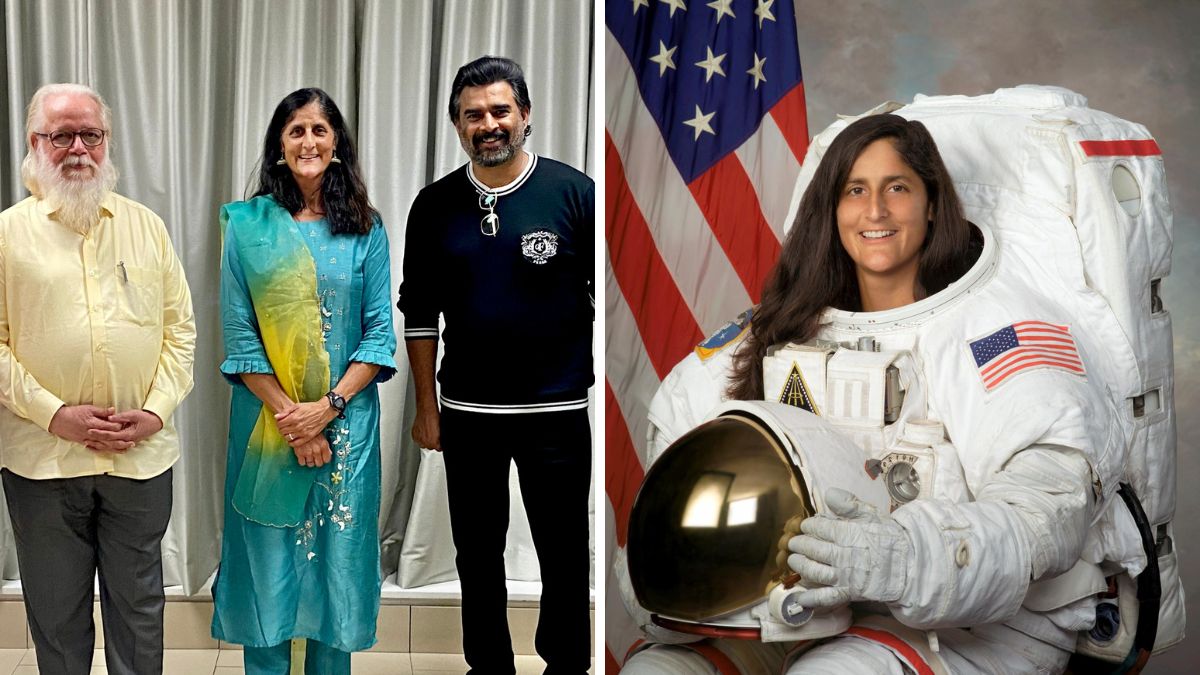
Indian-American NASA astronaut Sunita Williams, currently aboard the International Space Station, will celebrate Thanksgiving in space with traditional holiday dishes such as smoked turkey and mashed potatoes provided by NASA. With her stay extended to eight months due to a faulty spacecraft, Williams and her crewmates Butch Wilmore, Nick Hague, and Aleksandr Gorbunov plan to enjoy a feast while watching the Macy's Thanksgiving Day Parade. Despite concerns about their prolonged stay in space, NASA has reassured that the astronauts are safe and Williams is keeping healthy through diet and exercise.
Thanksgiving in Space: Indian-American Astronaut Sunita Williams Celebrates Holiday with Mashed Potatoes and Smoked Turkey
With the Thanksgiving holiday approaching, Indian-American astronaut Sunita Williams, who is currently aboard the International Space Station (ISS), will be celebrating the occasion in space with traditional holiday dishes such as smoked turkey and mashed potatoes provided by NASA.
Williams, whose stay has been extended to eight months due to a faulty spacecraft, and her crewmates Butch Wilmore, Nick Hague, and Aleksandr Gorbunov, plan to enjoy a feast while watching the Macy's Thanksgiving Day Parade. Despite concerns about their prolonged stay in space, NASA has reassured that the astronauts are safe and Williams is keeping healthy through diet and exercise.
Background:
Sunita Williams is a veteran astronaut who has spent over 322 days in space across three missions. She is the second Indian-American astronaut and the first woman to command the ISS. Her current mission began in March 2022 and was originally scheduled to end in September. However, the failure of a Russian spacecraft delayed the arrival of a replacement crew, extending Williams' stay.
Thanksgiving in Space:
NASA has provided the astronauts with a special menu for Thanksgiving, including smoked turkey, mashed potatoes, stuffing, cranberry sauce, and pumpkin pie. They will also have a live video call with their families on Earth and watch a recording of the Macy's Thanksgiving Day Parade.
In the past, astronauts have celebrated Thanksgiving in space with various meals. In 1973, the crew of Skylab 4 enjoyed a Thanksgiving meal that included turkey, mashed potatoes, and gravy. In 1988, the crew of the space shuttle Discovery cooked a Thanksgiving turkey in space for the first time.
Top 5 FAQs:
1. Is it safe for astronauts to spend such a long time in space?
NASA has determined that Williams and her crewmates are safe and healthy. The astronauts undergo rigorous training and follow strict protocols to minimize the risks of long-duration spaceflight.
2. What are the challenges of celebrating Thanksgiving in space?
The lack of gravity in space presents challenges for cooking and eating food. Astronauts must use special tools and techniques to prepare and consume their meals. They also must deal with the psychological effects of being away from their families and loved ones during the holidays.
3. What other traditions do astronauts observe in space?
Astronauts often celebrate other holidays and milestones in space, such as Christmas, New Year's Day, and their birthdays. They also participate in educational and outreach activities to share their experiences with people on Earth.
4. How do astronauts cope with being away from their families during the holidays?
Astronauts typically have regular communication with their families and friends through video calls and email. They also keep busy with their work and training to help pass the time.
5. What is the significance of Sunita Williams' Thanksgiving celebration in space?
Williams' celebration highlights the dedication and sacrifices made by astronauts who spend extended periods away from home to advance space exploration. It also represents the growing diversity of the space workforce and the global reach of the space program.
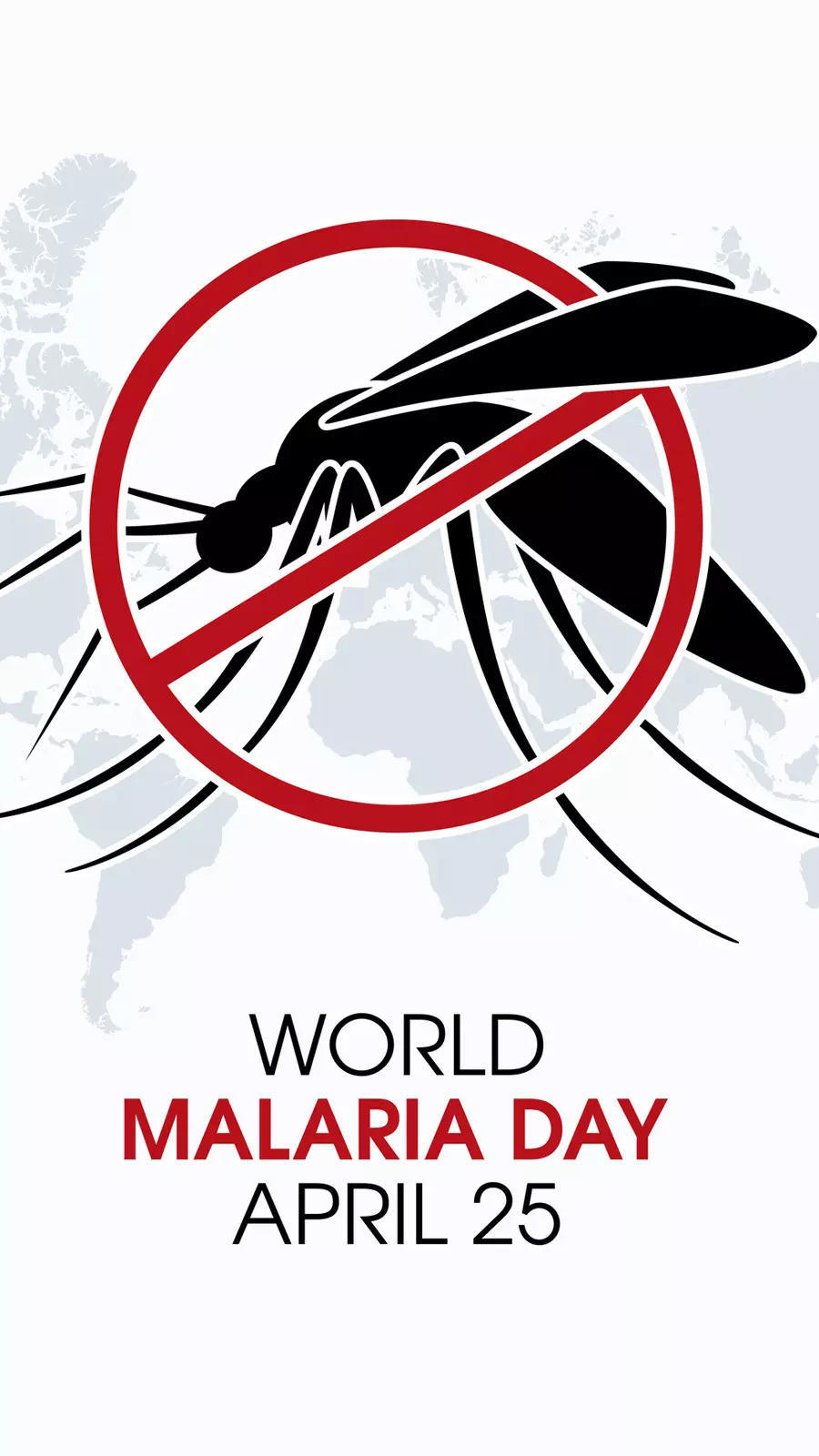
With World Malaria Day approaching, it is important to understand the severity of this disease and the steps one can take for a speedy recovery. This year's theme, "Malaria Ends With Us: Reinvest, Reimagine, Reignite," aims to re-energize efforts towards eliminating malaria. From getting enough rest to staying hydrated and following proper nutrition, these tips can help in the treatment of malaria. Adhering to prescribed medication and seeking follow-ups with healthcare providers are also crucial for a full recovery.
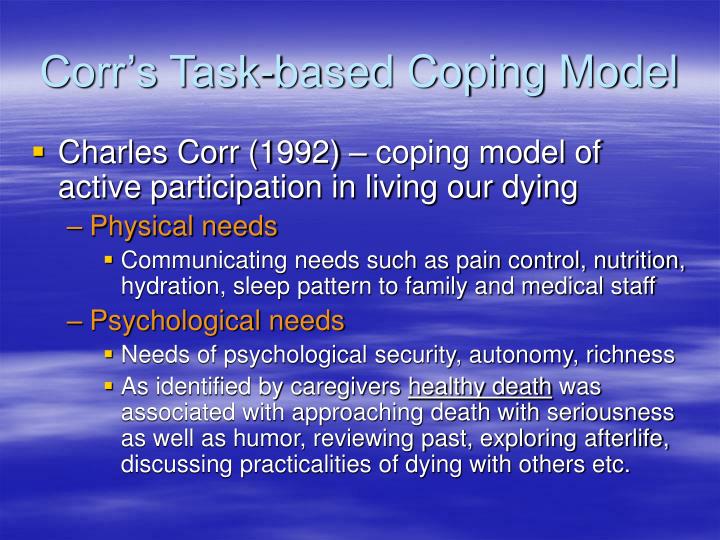
A diverse group of individuals, including a genius with the world's highest IQ, a psychic with a museum in Tel Aviv, a skeptic Italian physicist, a researcher of the transition between life and death, and a biologist and writer, share their unique perspectives on the enduring mystery of what happens after we die. While some believe in an afterlife and the possibility of reuniting with loved ones in a different dimension, others dismiss such notions as fear-driven or scientifically implausible. Despite the conflicting viewpoints, the curiosity and debate surrounding this timeless topic continue.
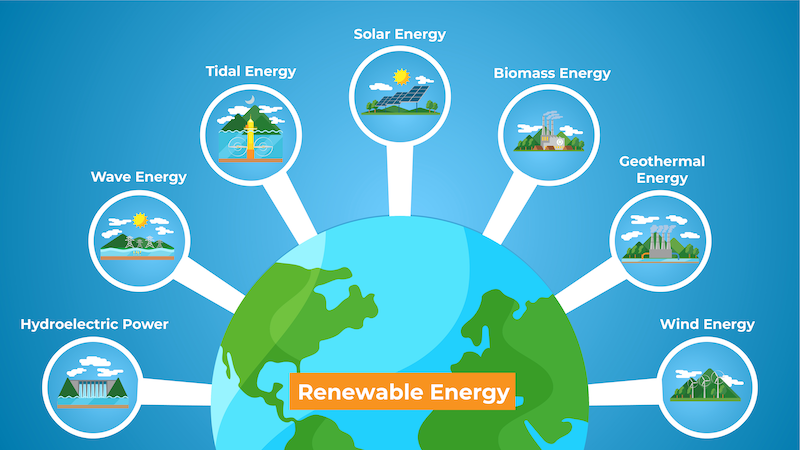
As the world celebrates Earth Day, environmentalists are emphasising the need to shift towards renewable energy, particularly solar energy, to combat the ongoing climate crisis. With the theme 'Our Power, Our Planet', the focus is on raising awareness about the adoption of natural resources. Renewable energy is crucial for safeguarding natural resources and local communities, and experts are calling for the rapid transition to clean, sustainable sources like solar and biomass. The state of Telangana has abundant sunlight making solar energy a viable option, and it is essential for the government to introduce innovative initiatives to promote its adoption across all sectors. By embracing renewable energy, we can contribute to a greener tomorrow for our planet.

Professor Ning Zeng of the University of Maryland came up with the idea of burying dead trees instead of burning them to prevent carbon emissions into the atmosphere. Inspired by the durability of ancient wood found in archaeology, Zeng enlisted the help of a farmer in Maryland to bury 100 tons of unused and damaged trees on his property. However, Zeng faces a roadblock from government permits as burying wood is classified as a landfill and requires time-consuming approvals.

Researchers from the University of Helsinki and the Finnish Geospatial Institute have set up a long-term experiment using laser scanning technology to track the growth and phenology of individual trees. The study, the first of its kind, found that species richness, competitive pressure for light, and water availability all play a role in the timing of spring leaf burst and fall leaf senescence. This experiment provides a better understanding of how local factors impact tree growth and phenology, and the results have been published as open data for further research.

At the Beijing International Youth Innovation and Development Forum, experts emphasized the crucial role of young talent in shaping the future of innovation, particularly in rapidly evolving global scientific frontiers. They stressed on the need to trust, guide, and support young innovators in order to strengthen their skills, with Beijing itself fostering an inclusive talent ecosystem. The importance of cross-disciplinary collaboration in addressing global challenges such as climate change and energy security was also highlighted, with emerging technologies like quantum computing and renewable energy being crucial catalysts for progress in this regard.

World Liver Day, observed on April 19, was established in 2010 to raise global awareness about liver health and diseases. With the liver being the second largest organ and playing a crucial role in various bodily functions, the day brings attention to preventive measures and early screening. Additionally, it advocates for eliminating stigma and improving access to treatment for those affected by liver conditions.

On World Health Day, Dr. Swaramya Chandrasekaran, a gynaecologist at Rela Hospital Chennai, reflects on the progress and challenges in maternal and newborn health in India. She highlights the country's commendable decline in neonatal deaths and the success of flagship schemes such as Janani Suraksha Yojana and Janani Shishu Suraksha Karyakram. However, she also acknowledges the need for consistent quality of care, especially in rural areas, and calls for strengthening community awareness, upgrading infrastructure, and supporting maternal mental health. The adoption of global frameworks and the commitment to no mother or child being left behind further emphasize India's efforts towards a resilient future.

Recent events have sparked conversations among leading geophysicists about the risk of earthquakes in Vietnam, despite the country not being situated on major tectonic belts. Although the likelihood of catastrophic earthquakes is low, Vietnam still faces the potential for significant seismic activity, particularly in the northwest region. With the presence of multiple geological fault lines, some capable of producing earthquakes with magnitudes up to seven, experts urge for seismic hazard assessments and preparedness measures to mitigate potential damage.
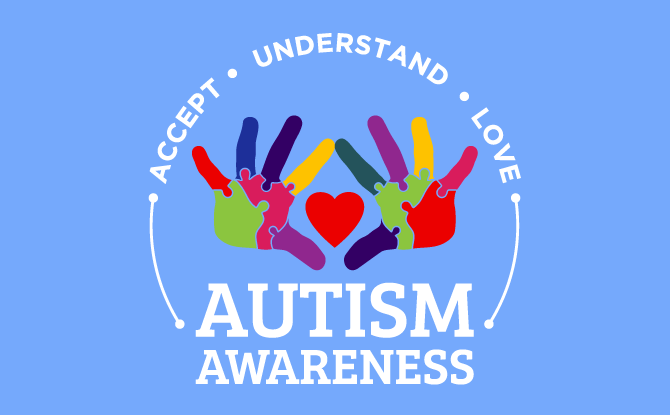
On April 2, the world recognizes World Autism Awareness Day, bringing attention to the challenges faced by individuals with autism. The term "autism" was first introduced in 1911 and has been further defined and understood since then. As a wide range of developmental disorders, each diagnosis is unique, making it important to understand and support those on the spectrum. This day aims to raise awareness and promote understanding and support for individuals and their families.